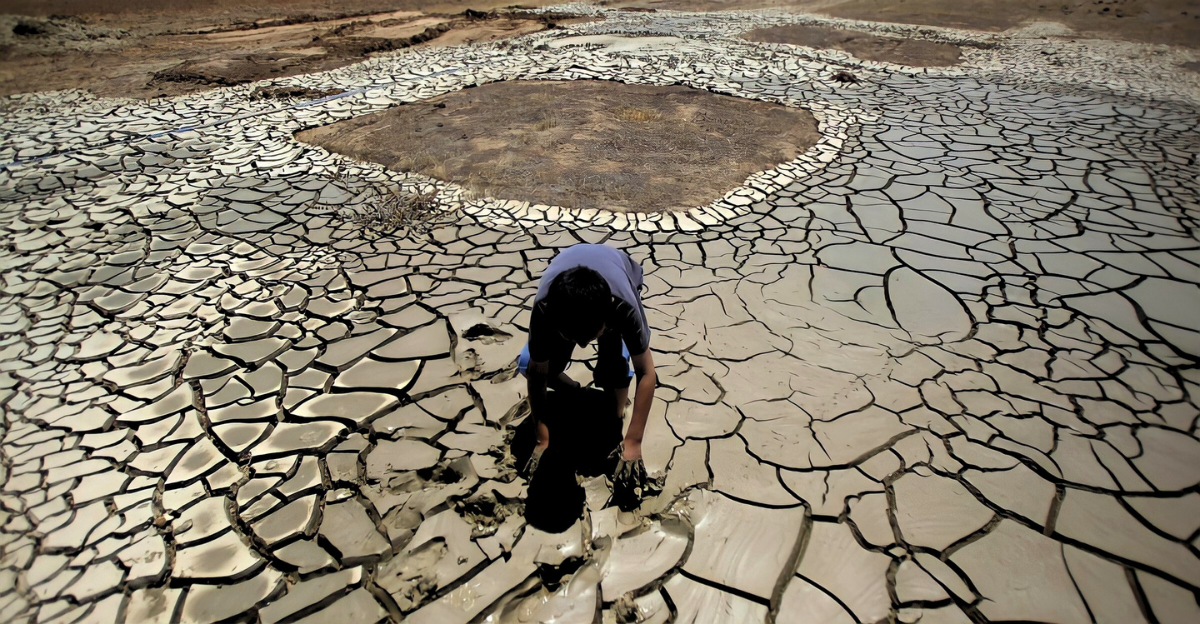
Utah is used to droughts, but the situation has become critical this time. Record-high temperatures, record-low snowpack, and dwindling reservoirs have caused the state to see its worst drought in decades.
Close to 80% of Utah is under “moderate to severe drought,” impacting everyday life, agriculture, and even wildlife. Because of this, Gov. Spencer Cox has implored residents to undertake unusual deeds, hoping to bring respite to this arid land.
A State Drying Up
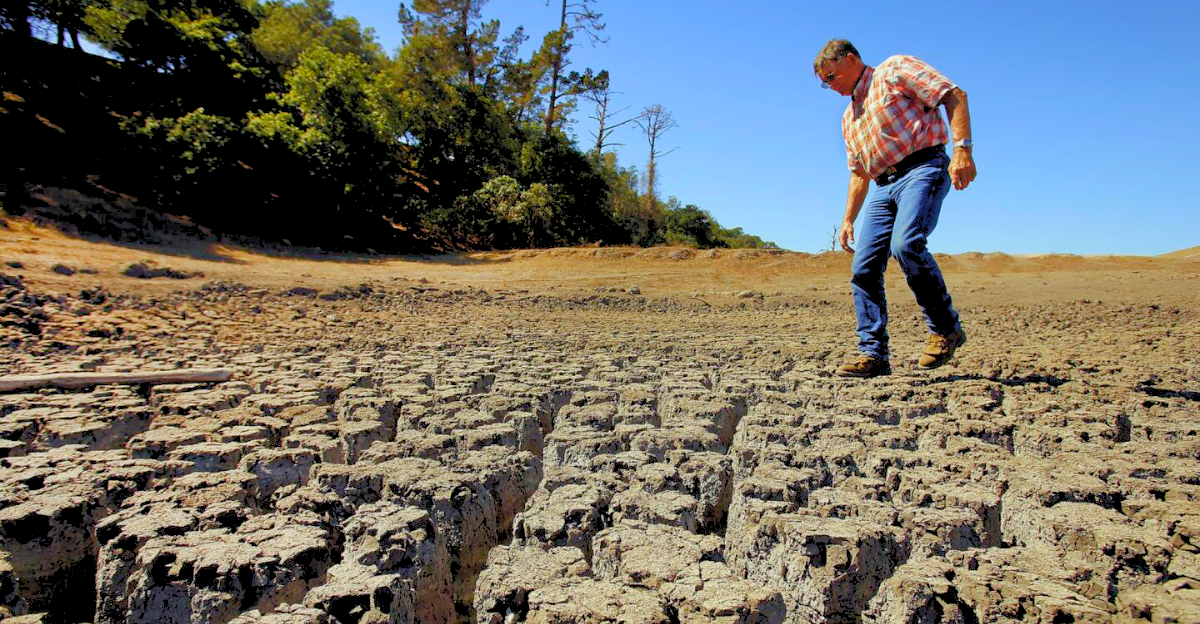
Utah’s water situation deteriorated during the past decade. Increased summer temperatures, lower-than-normal rainfall, and more rapid snowmelt sent water levels to record lows.
Most reservoirs are well below normal, and river flows plummeted. For a state that relies so heavily on snowpack for water, this is more than a nuisance—it’s a serious threat to humans and the environment.
Agriculture and Daily Life in Stress
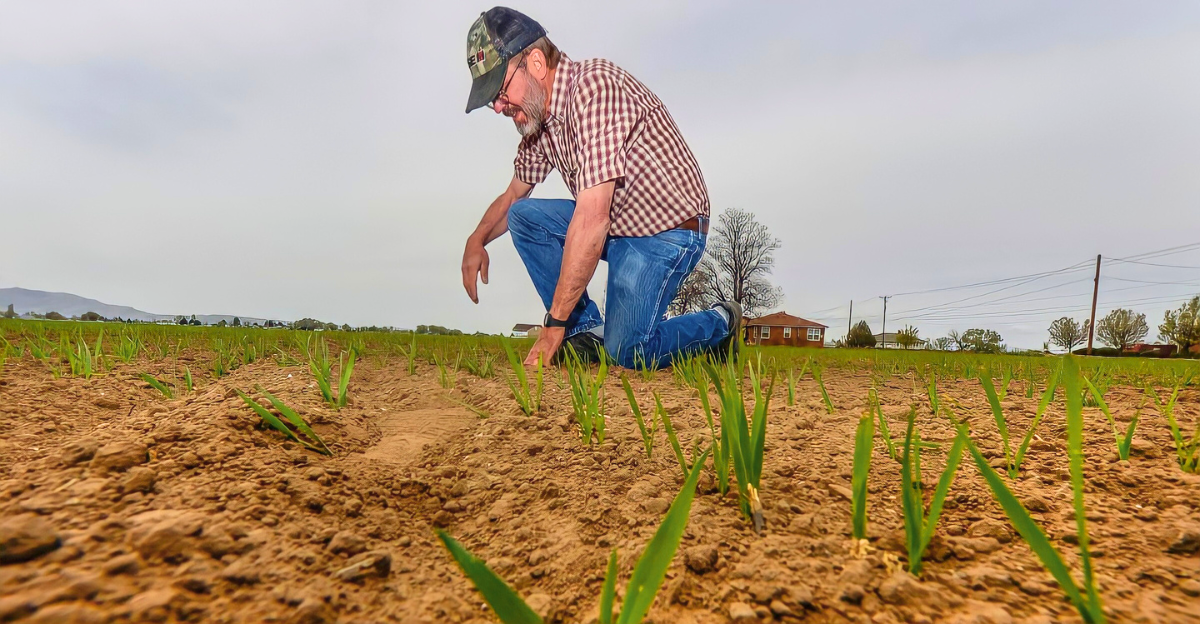
Water shortages affect more than lawns and gardens. Farmers face problems with irrigation, ranchers face livestock shortages, and everyday uses like washing cars or watering lawns are restricted.
People are also requested to reduce their non-essential water usage. If there’s not enough water, Utahns must spend more on food and water, and the local economy experiences long-term damage.
Wildfire Season Gets Worse
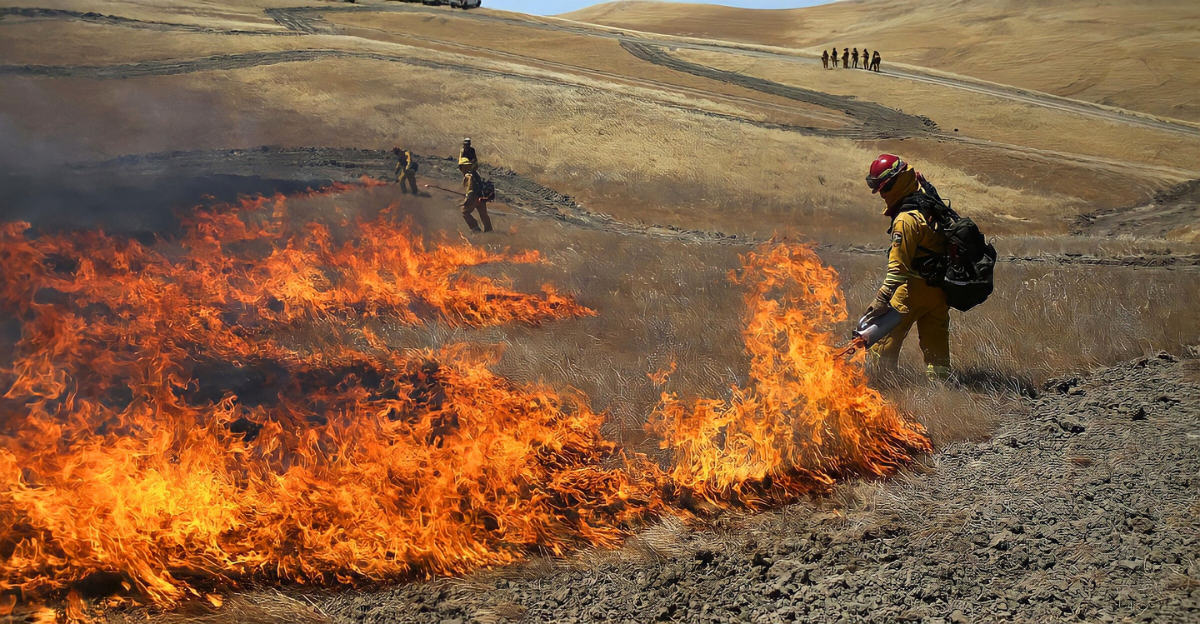
Drought is not only about low water levels. It also creates wildfires. Utah has already had 380 wildfires scorch over 43,000 acres of land this year alone.
Even worse, nearly 275 of the fires were caused by humans. Hot, dry grass and strong winds cause fires to spread quickly, endangering homes and wildlife. Firefighters battle nonstop to protect communities, but danger still lurks.
Emergency Declarations Spread
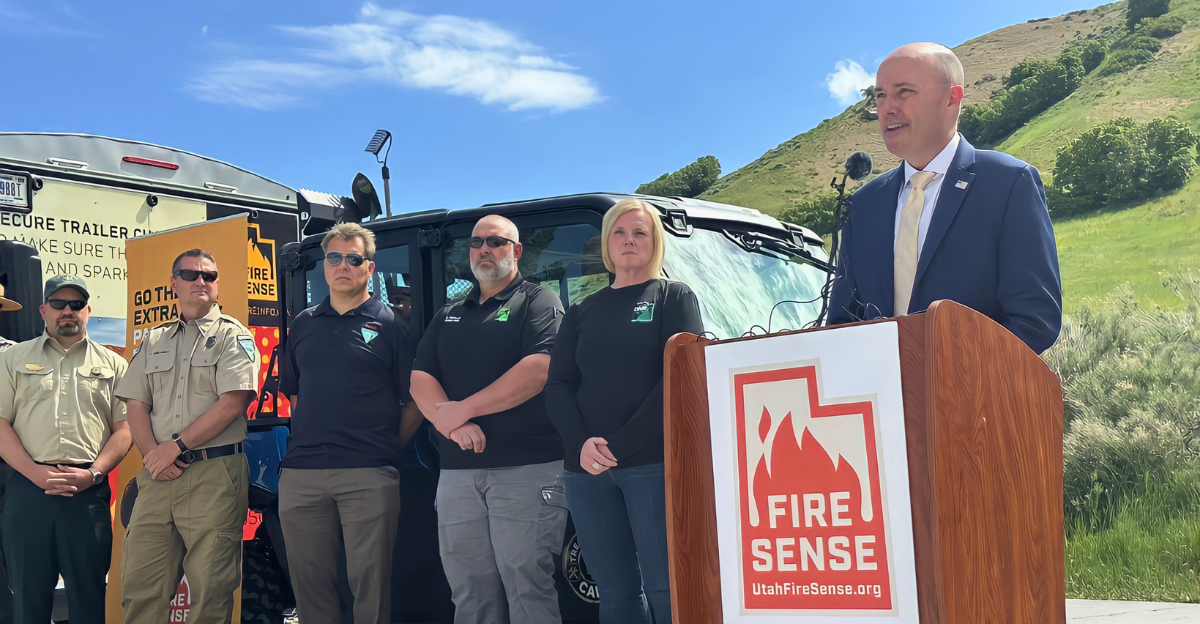
Governor Cox had previously declared a state of emergency in 17 of Utah’s 29 counties earlier this spring. Drought has since progressed further.
The “extreme drought conditions” have expanded more than 82% over the last month, officials report. The declarations allow for quicker assistance and resources, but they also indicate just how desperate conditions have become.
Turning to Faith

In an unprecedented step by government leaders today, Gov. Cox has invited Utahns to fast and pray for rain. He’s done it previously — in 2021, he issued a similar call during another season of dryness.
He feels that religious appeals can bring the state together, even while practical actions of water conservation persist. The appeal asks everyone, regardless of faith, to come together.
A “Day of Prayer and Fasting”
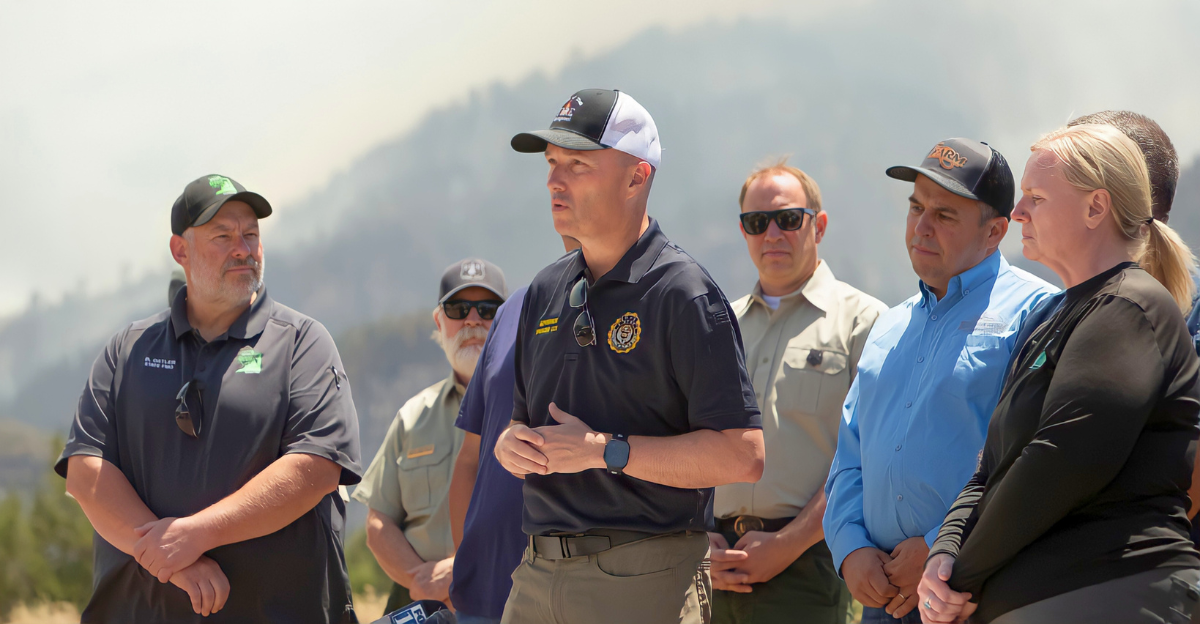
Gov. Cox declared Sunday, June 29, a “Day of Prayer and Fasting for Rain.” The invitation is extended to people of all faiths and backgrounds. The day is meant to raise awareness of the crisis, unite us, and make us realize how important water conservation is. Cox calls this looking up and doing the right thing, starting at home.
A Parallel History of Calls
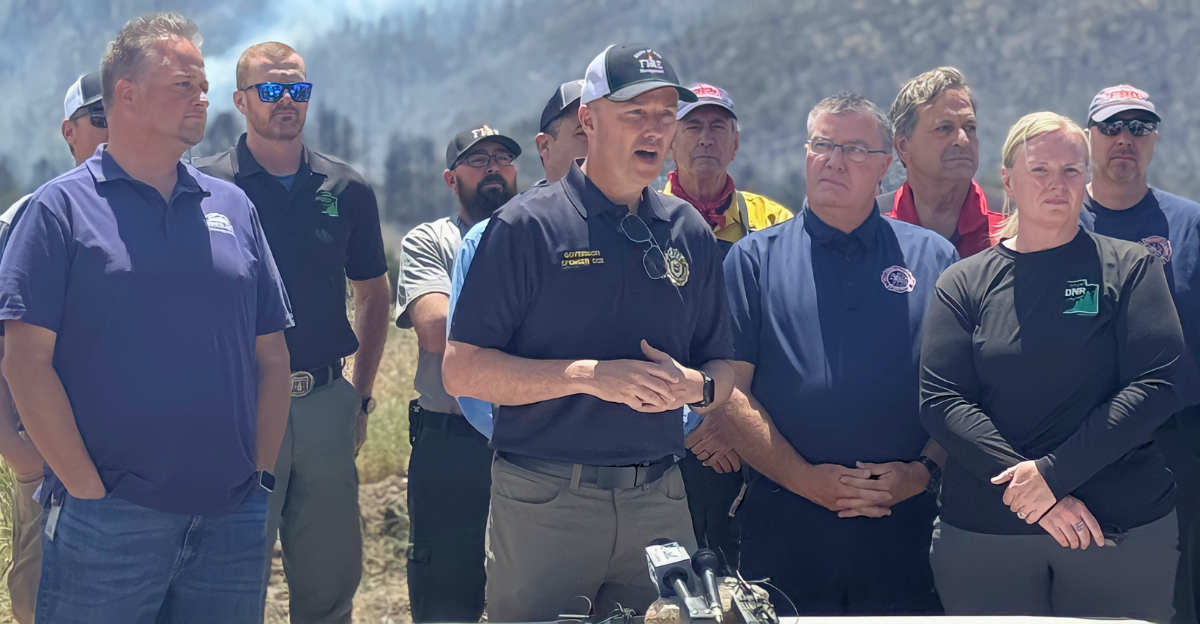
Utah’s tradition of blending spirituality and public policy in times of need is already well-established. Two years after Cox’s initial call to prayer in 2021, the state experienced a historic amount of snowfall and, shortly thereafter, a day of thanksgiving.
Though science can’t demonstrate a cause-and-effect relationship, Utahns believe such efforts matter and make a difference. This cultural outcome speaks to the state’s distinctive response to adversity.
Religious Communities React
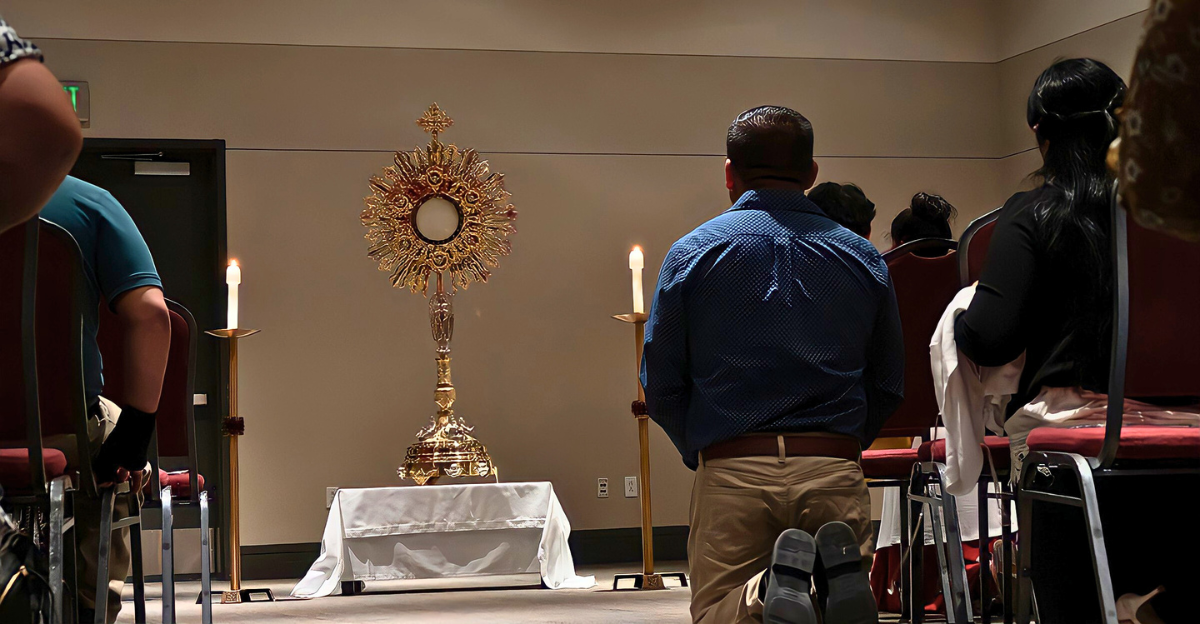
Since the governor issued the invitation, faith leaders across the state have passed it on to their members. Various churches and denominations have invited people to participate. For some, this is an opportunity to reflect on the value of water and lean on community support during difficult times.
Practical Actions Matter Too
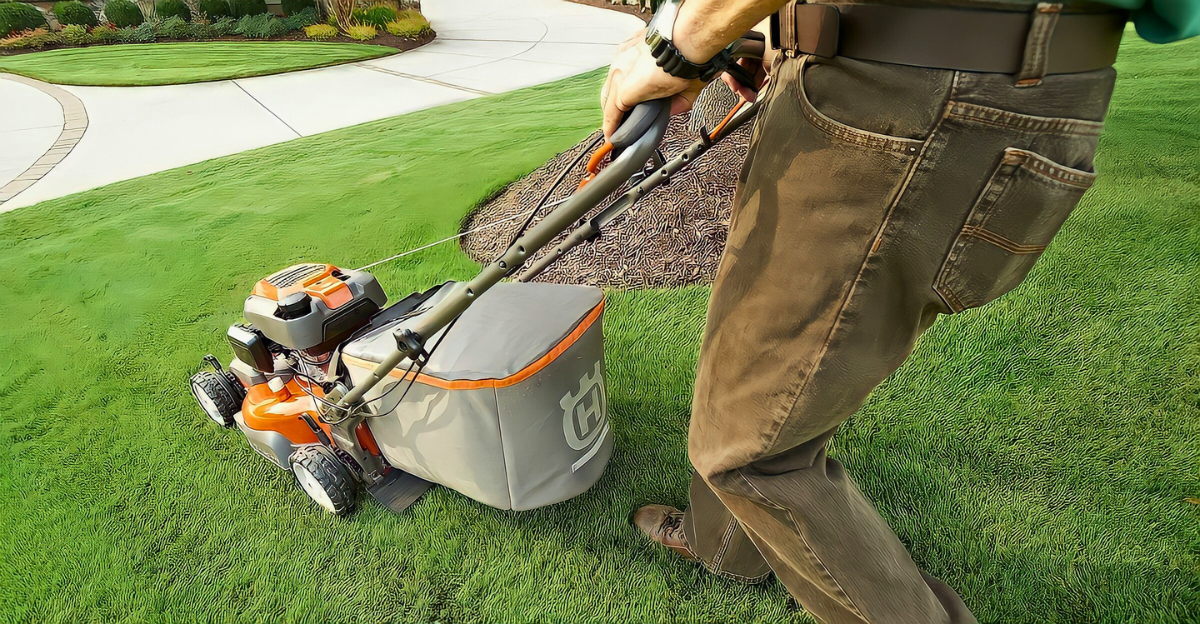
In addition to prayer and fasting, Gov. Cox encourages Utahns to take tangible action to save water. Repairing leaks, irrigating grass less, and not allowing the taps to run unnecessarily are easy but effective actions.
As the governor states, having the population take small steps together can promote significant change. Authorities emphasize that without these interventions, the effects of the drought will extend much deeper.
State Agency Support

Utah’s Department of Natural Resources has also been calling for responsible water conservation. In a recent report, they stated, “Mother Nature is doing her part.
We need to continue to do ours.” The department is pushing individuals to become more “drought resilient,” using every drop available and thinking of the future.
Forecasts Show Little Relief
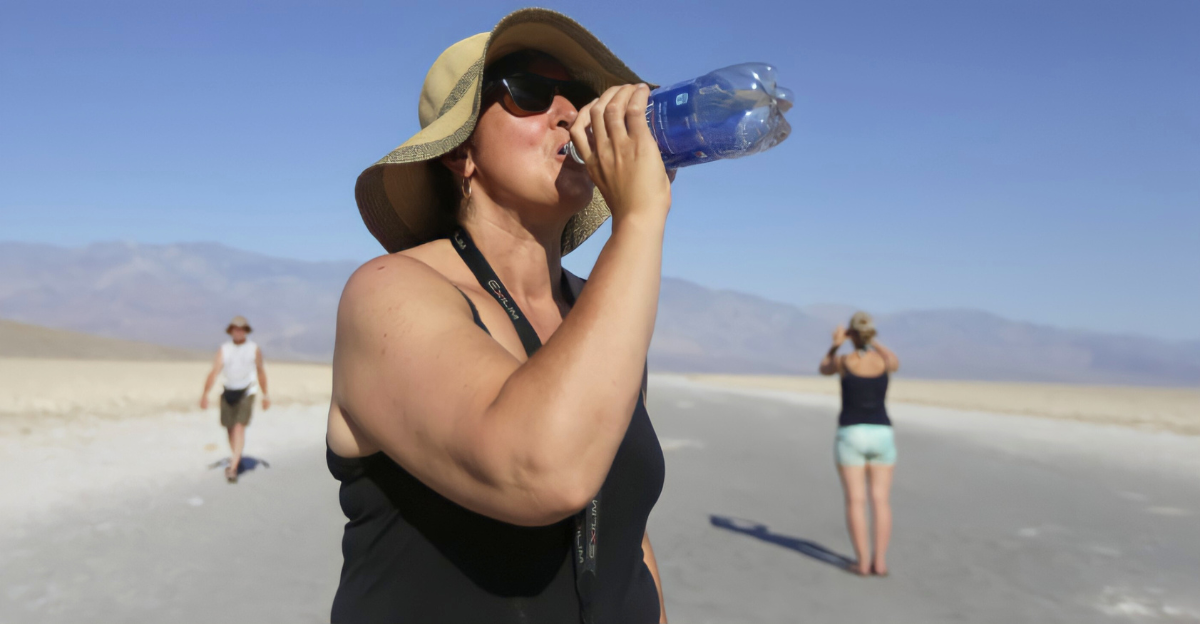
The National Weather Service indicates that water supply predictions are less than optimistic. Runoff in southwest Utah will remain below 35% of normal during the hottest spring and summer months.
Although warmer days lie in store, the prognosis is that the drought will worsen before it gets better. Officials and residents are bracing for a miserable summer.
Looking to the Future
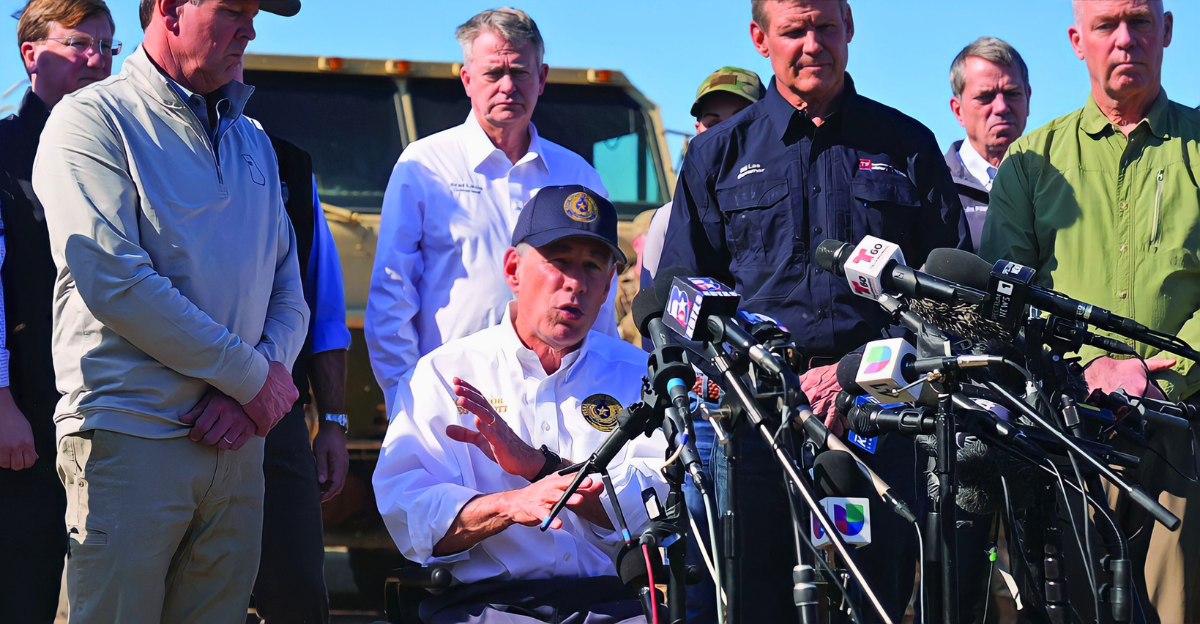
Long-term answers will probably require more than small changes and prayer. Experts suggest more extensive steps, such as better infrastructure, water storage, and recycling investment, and shifting land-use patterns.
These cost money and time, but they are necessary to make Utah drought-proof in the long term. The policy debate on these concepts continues.
A Shared Responsibility
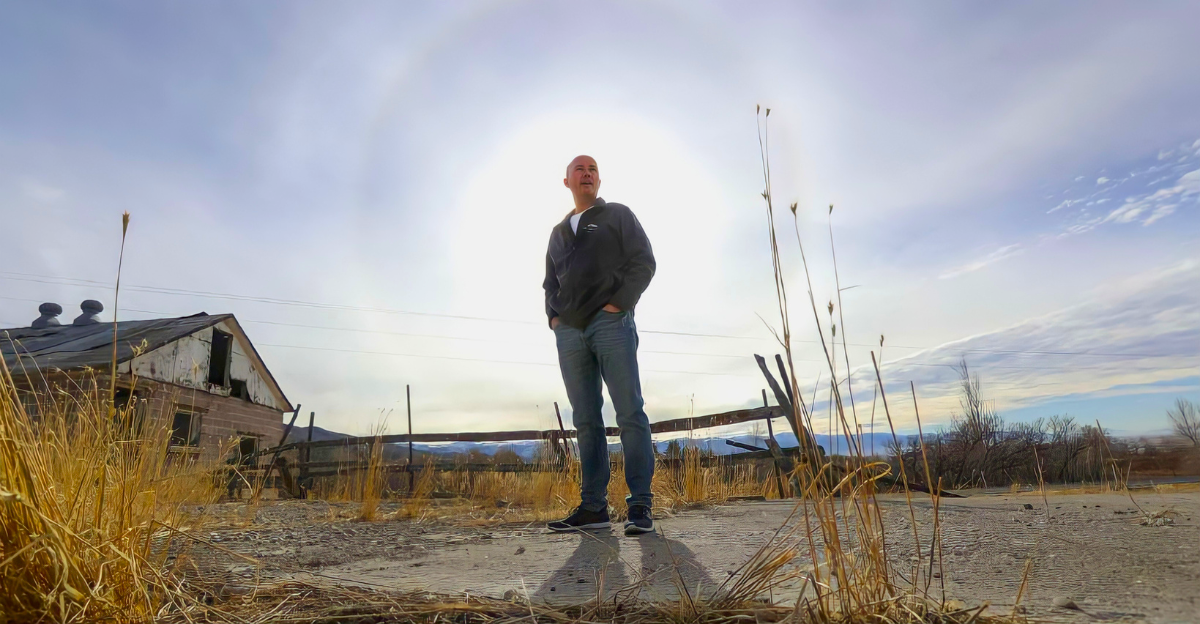
As Utah weathers this challenging moment, the leadership’s message is clear: There’s room for all to do their part. Every bit counts, from water-saving measures at home to community efforts and even religious practices.
Even though the most pressing focus is surviving this drought, the larger goal is to have a long-term, sustainable water future in the years to come.







